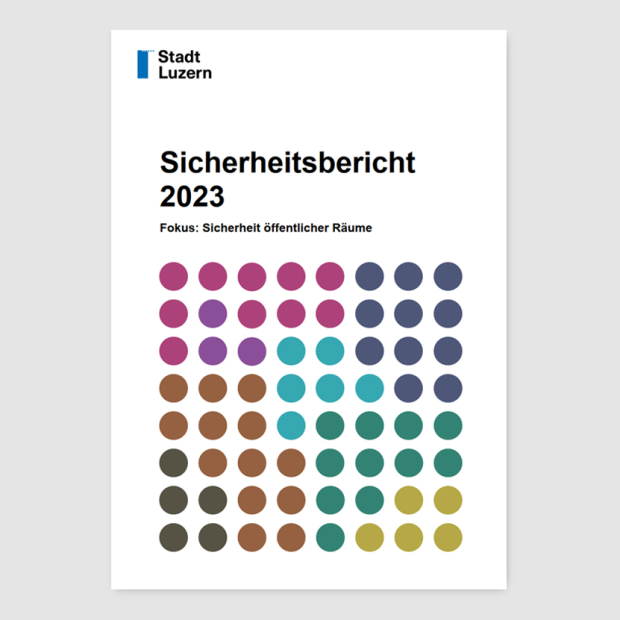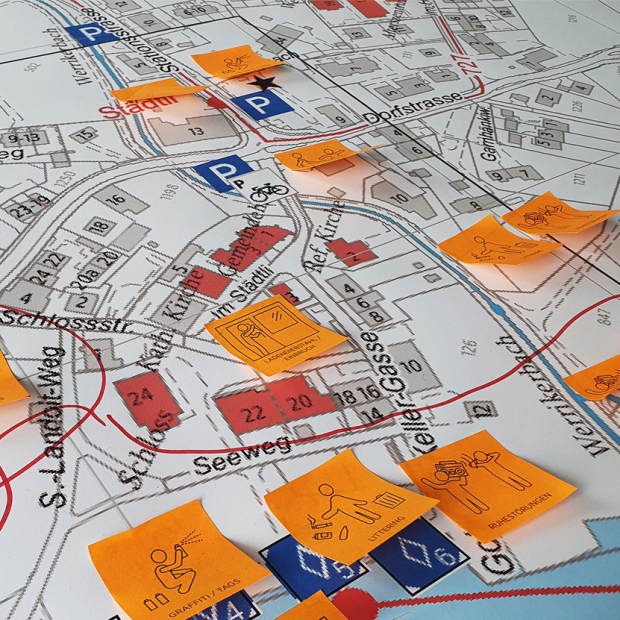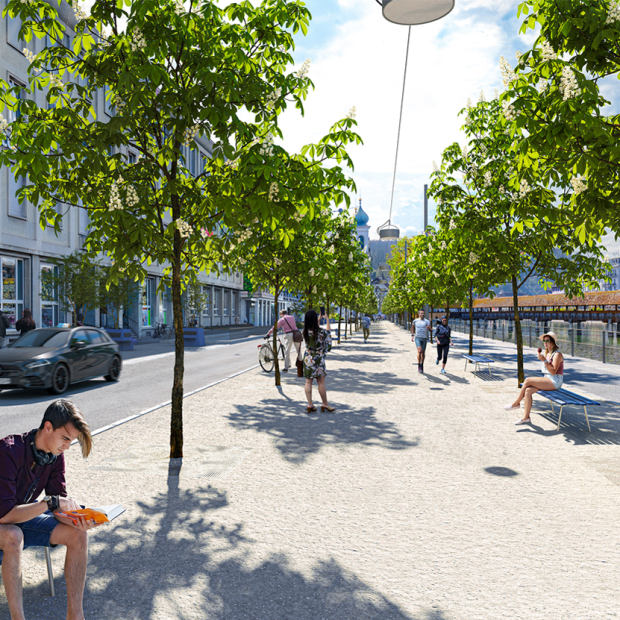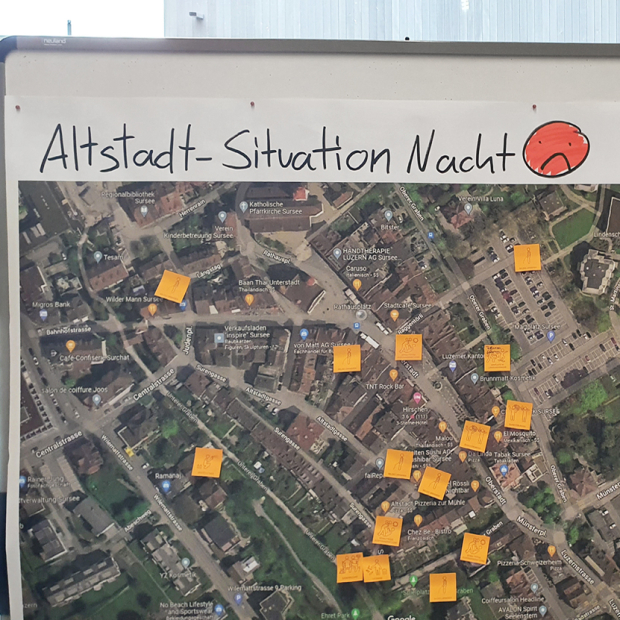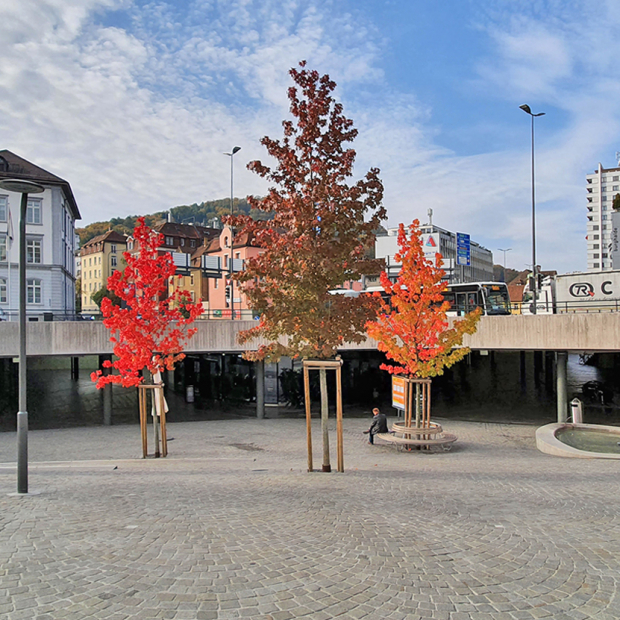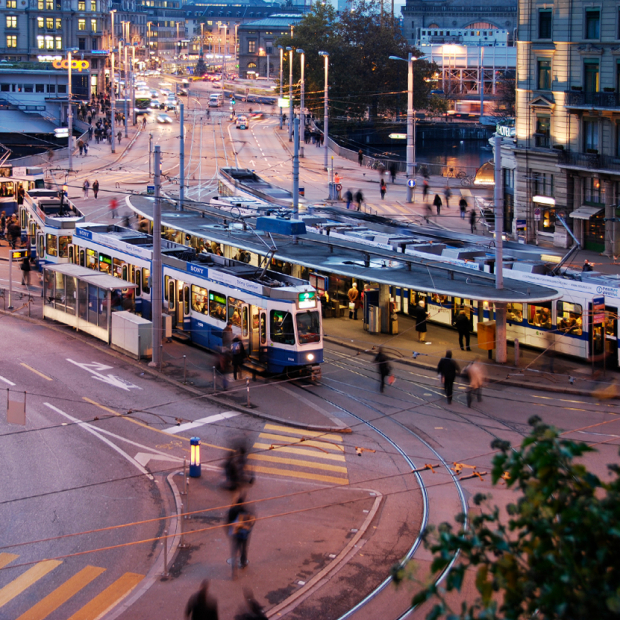
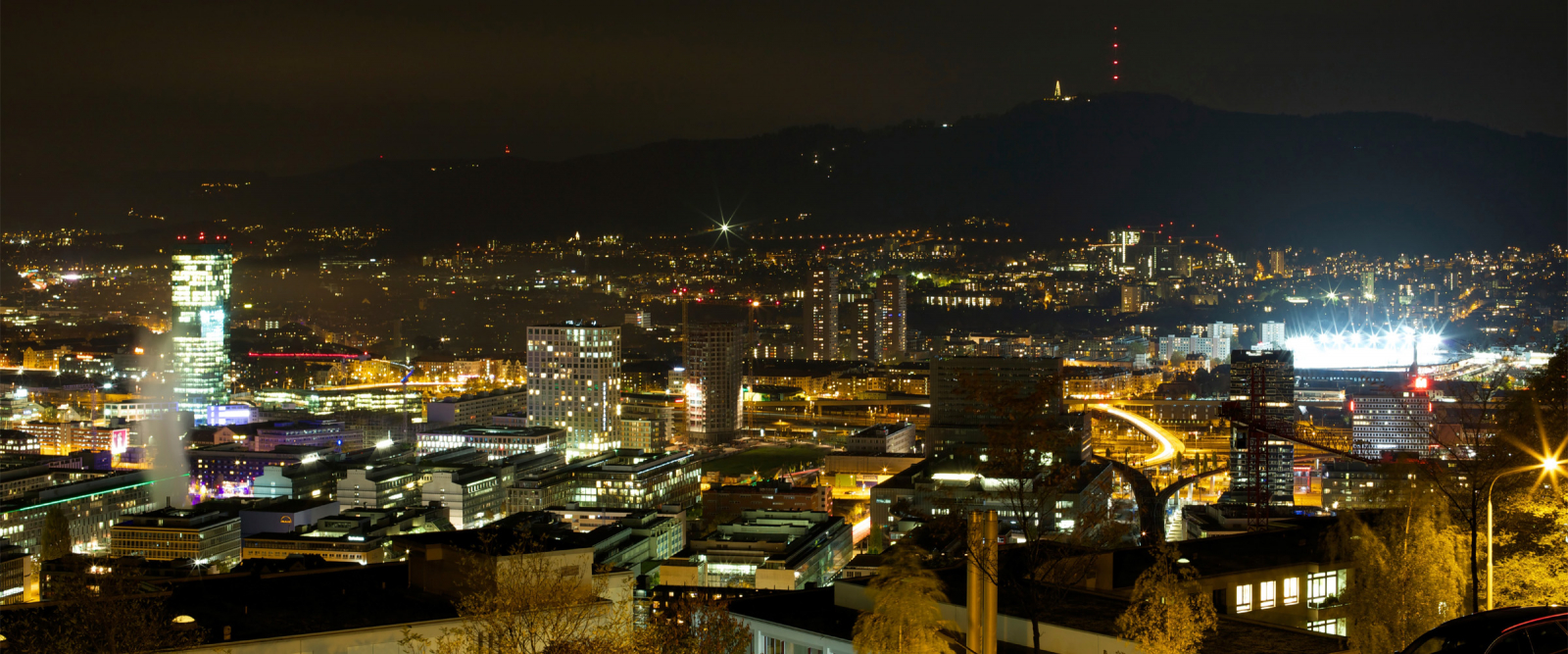
Updated Implementation Guidelines for Reducing Unnecessary Light Emissions
With the exception of a few mountainous regions, there are hardly any places left in Switzerland where there is real darkness. In fact, urban areas are light, even at night. This has consequences for humans and nature. EBP is helping the Swiss Federal Office for the Environment to update the existing guidelines for reducing unnecessary light emissions.
The presence of artificial light in our environment has increased significantly in recent years. This development has consequences for people and nature. Artificial light shining at night or reflected sunlight during the day can have detrimental effects. For instance, sources of artificial light in our environment can brighten interior spaces at night and lead to sleep disturbance. Artificial light has also been shown to impact and put pressure on various photophobic and largely nocturnal species of invertebrates, fish, birds, amphibians, reptiles and mammals. Indeed, the prevalence of artificial light at night is a source of pressure for vulnerable ecosystems, in addition to other factors such as urban and suburban sprawl, pollutants and noise.
In connection with the approval in February 2013 of the report “Impact of Artificial Light on Species Diversity and Humans”, the Swiss Federal Council commissioned the Swiss Federal Office for the Environment (FOEN) to complete various follow-up assignments. In particular, FOEN has been commissioned to (1) define indicative values for evaluating the damage and nuisance associated with our exposure to artificial light in our environment and (2) update the existing implementation guidelines for reducing unnecessary light emissions (Recommendations for Avoiding Light Emission, Bern 2005).
We have been commissioned by FOEN to help complete these tasks.



